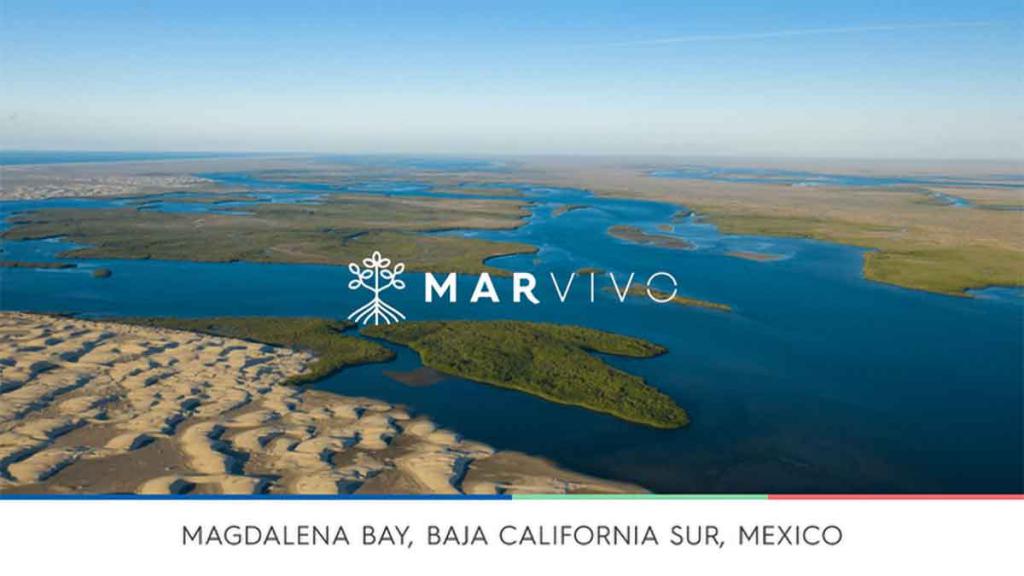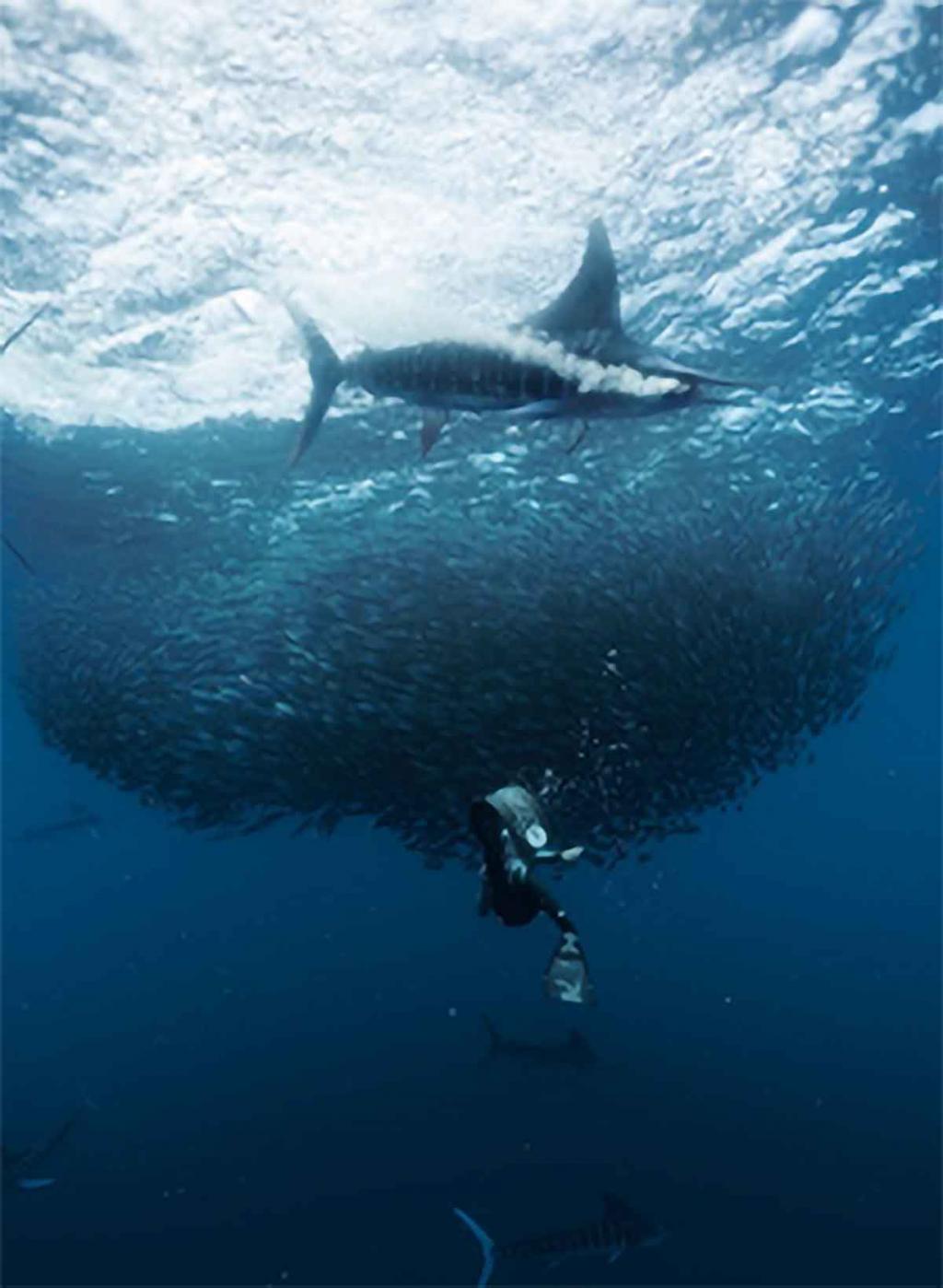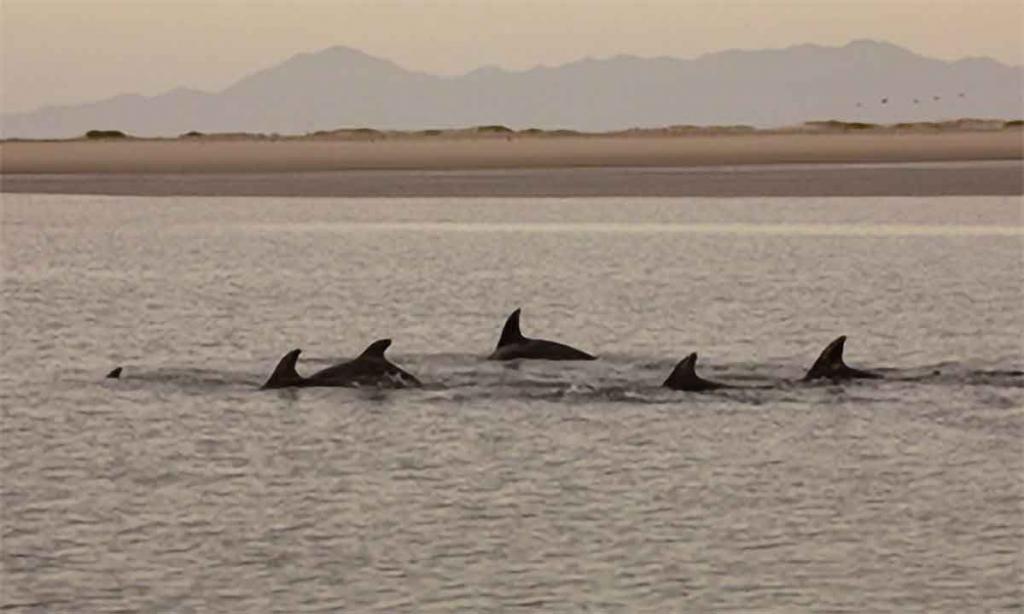1000% More Carbon Storage than Terrestrial Forests
Let’s take a closer look at the MarVivo Blue Carbon Conservation Project in Magdalena Bay.
Not only because we can’t take our eyes off the beauty of the location; the name “Magnificent Magdalena Bay” in Baja California Sur, Mexico, is trademarked for a reason.
It’s because with our investment in a carbon credit stream on the proposed MarVivo Project, we will reach the shores of a greener — or should we say ocean blue — future for conservation and climate change protection. We expect to close this transaction in Q3 2021.
In this particular location, the waves of the Pacific wash up on one of the region’s largest mangrove forests, an incredibly diverse ecosystem for everything from crustaceans to coyotes, as well as one of the most important birthing sites for California Grey Whales.

But the hidden treasure in these mangroves is their ability to store up to ten times more carbon per hectare than terrestrial forestsi, while also providing other environmental benefits such as storm protection and fish nurseries. But because mangrove forests cover only 0.1% of our planet’s surface, people are only starting to learn what a valuable asset they are in the drive towards a net zero carbon future.
When speaking about MarVivo, our President & CEO Justin Cochrane said, “This carbon credit stream investment perfectly aligns with our investment philosophy of being a true impact investment while also having the potential to generate significant returns for our shareholders.”
But more than tropical storms are ravaging this bay: 50% of Mexico’s mangroves will likely be lost by 2045.ii The main threat in the area is shrimp farming (the carbon footprint of a kilo of shrimp is ten times higher than a kilo of beef raised on land cleared in the Amazon).iii

We intend to turn the tide by investing in one of the largest blue carbon conservation projects in the world. And we are not alone, the project is working with the regional government and an NGO, to reduce estimated emissions by 26 million tonnes of carbon dioxide equivalent (CO2e) over 30 years by conserving and sustainably managing approximately 22,000 hectares of mangroves and 137,000 hectares of its marine environment across Baja’s largest mangrove forest.
And we’re making sure there’s no “blue-washing.”
The REDD+ framework developed by the United Nations Framework Convention on Climate Change (UNFCCC) will be used to define the project, and it is anticipated to be certified through the Verified Carbon Standards (VCS) administered by Verra, an international institution based in Washington D.C. that manages carbon credit standards, so that “blue carbon” credits may be created.
Blue carbon, like the colour of the glorious waters in the bay, refers to the carbon stored in coastal and marine ecosystems. Such carbon stores are critical in solving the climate crisis as they tend to store more carbon, for longer, than mature tropical forests.
This won’t work unless the local communities are all onboard. Poverty is one of the main drivers of deforestation. Once the MarVivo Blue Carbon Conservation Project is fully validated and verified, it is expected to provide approximately US$2 million in direct annual benefits to the local communities through employment and local business opportunities, such as eco-tourism and sustainable scallop farming.

The MarVivo project aims to move the area from its current extractive model to a regenerative one, where we will work with regional government and local communities to encourage stewardship of the area so that this valuable climate asset can realize its full potential.
Want to learn more? Head over to our project page on MarVivo for videos, photos and plenty of great facts.
Stay up to date with the latest Carbon Streaming news and new Carbon Blog posts by signing up to our email list and following us on Twitter and LinkedIn.
i www.conservation.org/act/share-the-facts-about-mangroves
ii Dr. Octavio Aburto of the Scripps Institution of Oceanography and Dr. Exequiel Ezcurra, Director of the Institute for Mexico and the United States at the University of California https://tosea.wordpress.com/2015/10/28/mangroves-the-trees-of-life/
iii University of Oregon researcher J. Boone Kauffman: https://www.motherjones.com/food/2012/02/all-you-can-eat-shrimp-side-ecologial-ruin/
Forward-Looking Information: Some of the posted entries on the Carbon Blog may contain forward-looking information. Forward-looking information address future events and conditions which involve inherent risks and uncertainties. Actual results could differ materially from those expressed or implied by them. For further information about the risks, uncertainties and assumptions related to such forward looking information we refer you to our legal notice.